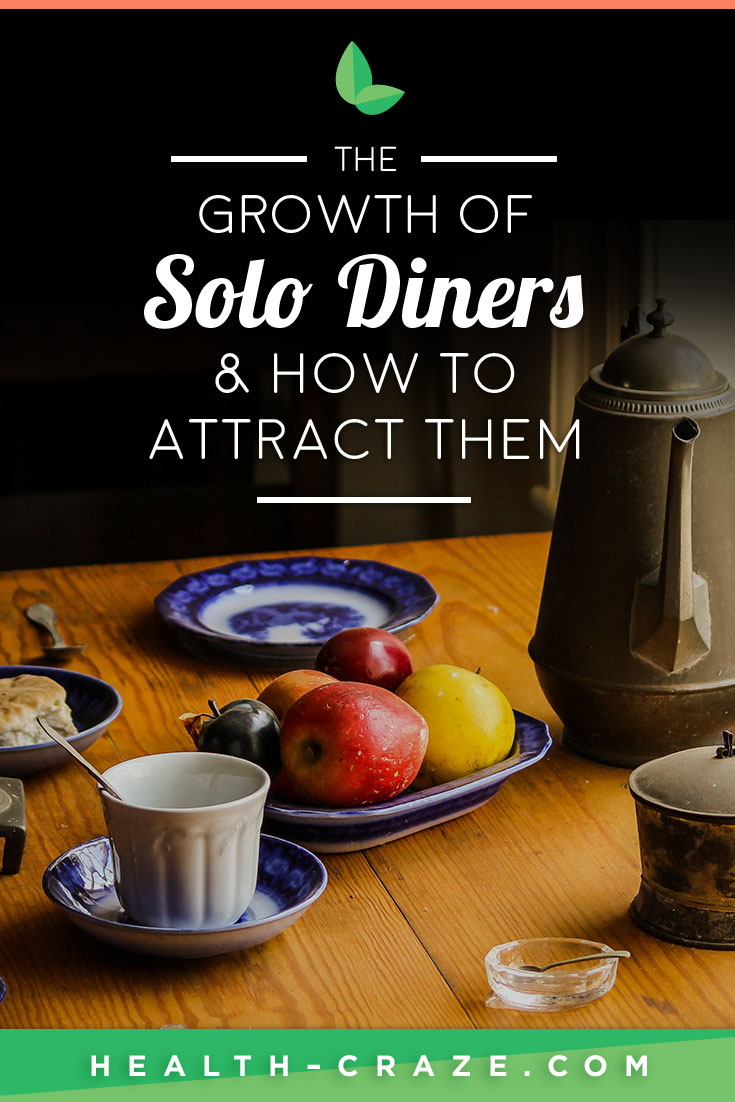Human existence hinges on companionship, which is why the latest trend in eating – dining alone – might come as a surprise.
Forty six percent of all eating occasions are now enjoyed solo. Part of the reason is that single households are on the rise and households with kids are on the decline. Mealtime is shifting from a traditional, social event to a highly customized individual event. And that is creating incredible opportunities for health food marketers.
“Solo dining is about treating yourself to a delicious experience and savoring every bit,” a study done by Open Table reports. The same study cites a 62% increase in reservations for one over the past two years.
More evidence that consumer focus is shifting from crowd pleasing to strictly self-satisfying, creating a demand for total customization. Eating with others often means compromising diet regimes or foregoing preferences altogether. But solo dining lets consumers have what they like, where they like, how they like- and they love it.
Another implication is that when consumers eat alone, they have less reason to plan ahead and are instead looking for quick, often ready-to-eat options, creating huge opportunities for QSR, Grocery Take-Out and healthy ready-to-eat meals.
According to the Hartman Group, 74% of dinners are being planned within an hour of eating.
That means less time for planning, cooking, and prepping. But don’t think that means they are willing to compromise on fresh and healthy. When consumers have only themselves to please, they can put their healthy eating needs first. So they are still looking for greens, organic, juices, gluten-free meals and of course, Protein-First.
Brands like Whole Foods and Wegmans are capitalizing on this, making it easy for solo diners to pop in and get something premade or create their own healthy dish in no time. They have juice bars, salad bars, and everything in between.
All of this creates incredible opportunities for customization and personalization, especially important for health food marketers. Restaurants like the rapidly expanding and personal favorites, QSR Beefsteak, (ironically a restaurant created around fresh veggies) and Sweet Green are great examples of brands that understand these consumer behaviors.
They both offer fresh “farm to table” meals that are quickly served and actually encourage creativity and customization. You can have a signature bowl or you can make your own, bringing “have it your way” to a whole new (and healthier) level.
The opportunities for CPG brands to capitalize on these trends seem as open as the minds of the millennials who are creating them. I can’t wait to see which brands/health food marketers make the best connection.


